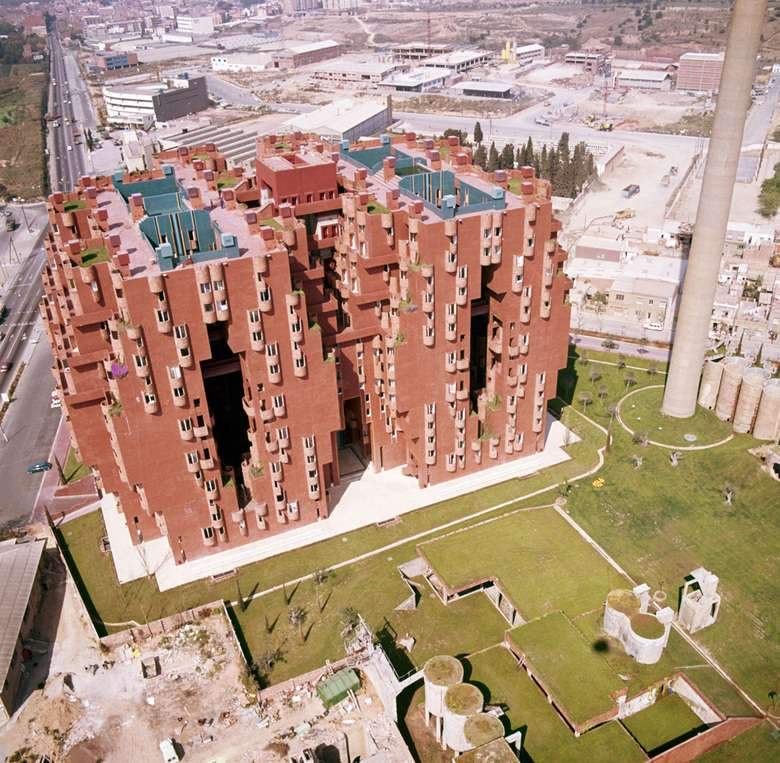Ricardo Bofill an icon of Spanish architecture dies,
The famous Spanish architect, Ricardo Bofill, founder of the Spanish architect firm Taller de Arquitectura (RBTA),
passed away yesterday at the age of 82 in Barcelona.
Bofill designed more than 1,000 projects in forty countries, including the famous Walden 7,
and his death was officially announced yesterday by his office through a statement.
The firm praised Bofill’s ability to “question the prevailing thinking in architecture,
as his designs employ contextual expression, characterized by a strong dose of innovation and risk.”
Furthermore, RBTA has confirmed that his two sons, Ricardo Emilio and Pablo,
will continue to lead the company that was founded in 1963.
A public date has been announced, to be held on January 26 and 27,
at the headquarters in Barcelona, for those who wish to honor Bofill.

Ricardo Bofill
Born in 1939 to a Catalan father and a Venetian mother, he is the Spanish engineer with the world’s largest, acclaimed for his prowess.
He began his studies in 1957 at an architecture school,
but was expelled from it because of his political activity against the dictatorship of General Franco,
so he completed his studies in Geneva.
Bofill established his architectural office in 1963,
based it in an old cement factory on the outskirts of Barcelona, and designed more than a thousand projects worldwide.
Among his most prominent works are Barcelona Airport, the National Theater in Catalonia,
the Palace of Congresses in Madrid and several skyscrapers.
He is an early postmodern architect, who has been described as one of Europe’s most famous and prolific architects of the last century,
Whose career has expanded from perfume bottles to urban planning with everything in between.
Bofill, of Italian and Catalan descent, considered his childhood in Catalonia to have had a significant impact on his architectural career.
He developed a keen interest in the architecture of Antonio Gaudi (1852–1926),
especially in structural details, and traditional Catalan craftsmanship.
Later during his travels throughout Western Europe and North Africa,
he developed an interest in how spaces shape social interaction.
Bofill’s architecture is described as culturally sensitive,
with constant scrutiny of tradition and the past as a means of inventing new design solutions to contemporary social issues.

Ricardo Bofill an icon of Spanish architecture dies
Bofill described it as a uniquely personal style that resonates with the many local cultures around the world in the cities where his work is located.
His style is still applicable today, in the same period with the current style of high-tech architecture.
As for (Walden-7), it is a huge apartment complex that represents a prolific
and innovative second phase of Bofill’s work that spanned most of the seventies of the twentieth century.
The complex consists of fourteen floors and consists of 446 apartments,
with a total area of 40,000 square meters, spread over five courtyards.
Starting from considering the individual as the smallest “social cell” within the functional organization of spatial units,
they can be combined into several forms to accommodate groups with different numbers of people in the cellular spaces.


 العربية
العربية